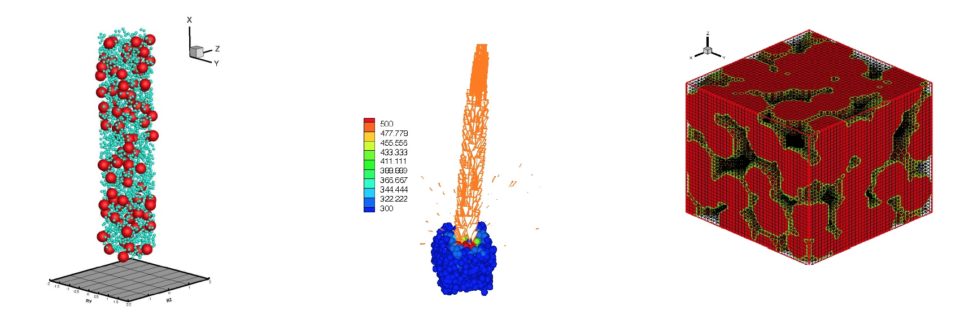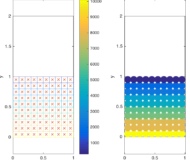Recent Posts
- Creation of 3D Custom ANSYS Elements for Studying the Multi-Physics of Quench Prevention in Superconducting Magnets
- Uncertainty Quantification of Material Thermal Responses due to Perturbations of Laser Power for Selective Laser Sintering (SLS) Processing
- Modeling and simulation of SLS-3D printing process
- Smoothed Particle Hydrodynamics for Multiphysics Simulations
- Particle Method for Simulation of Selective Laser Sintering Process





